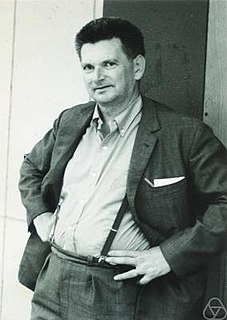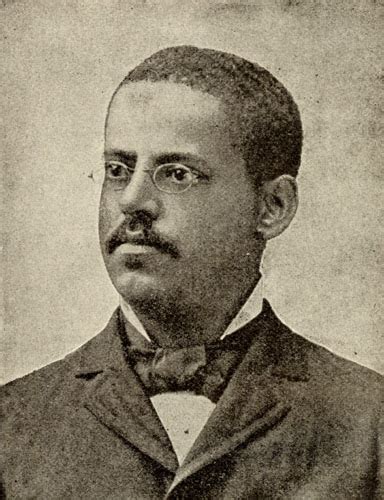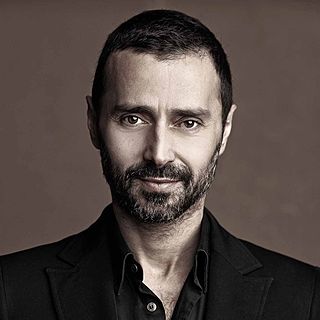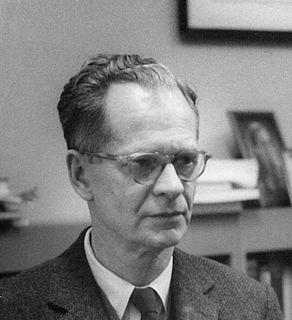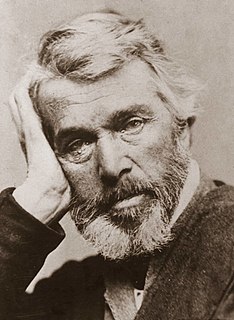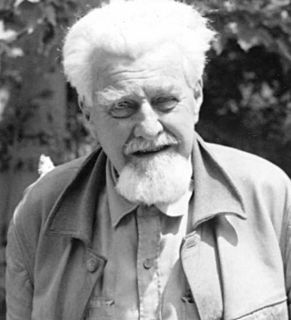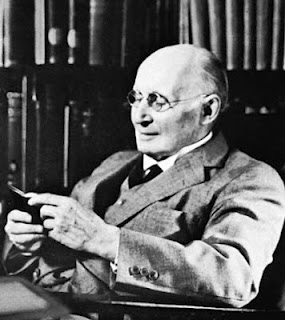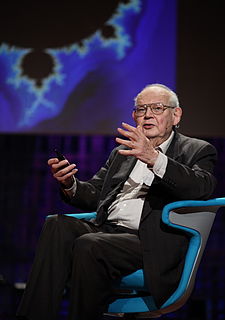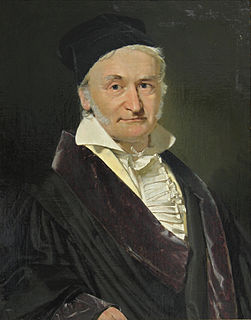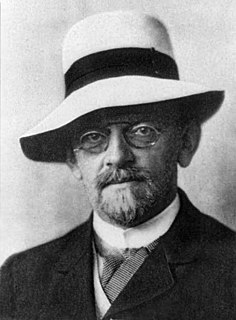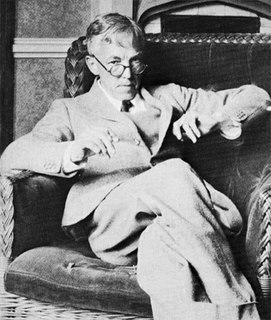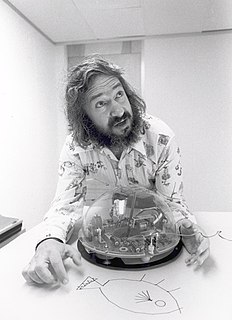A Quote by Rene Thom
All models divide naturally...into two a priori parts: one is kinematics, whose aim is to parameterize the forms of the states of the process under consideration, and the other is dynamics, describing the evolution in time of these forms.
Related Quotes
As a species, taking all in all, we are still too young, too juvenile, to be trusted. We have spread across the face of the earth in just a few thousand years, no time at all as evolution clocks time, covering all livable parts of the planet, endangering other forms of life, and now threatening ourselves.
The evolution of cultures appears to follow the pattern of the evolution of species. The many different forms of culture which arise correspond to the "mutations" of genetic theory. Some forms prove to be effective under prevailing circumstances and others not, and the perpetuation of the culture is determined accordingly.
I think the most remarkable thing about ice, in my opinion at least, is that it occurs in many, many, many different forms. Most solids occur in typically one or maybe two or three different forms, and ice has approximately 15 different crystal forms, as well as two forms that are called amorphous, which means without any shape at all.
The two most important forms of diversity when it comes to innovation are visible diversity (typically skin color, age, gender, etc.) and underrepresentation (anytime someone is less than 15% of the majority group). Other forms of diversity are also relevant but these are the ones that psychologically play the most role in how someone engages with the innovative process.
The simplest scheme of evolution is one that depends on two processes; a generator and a test. The task of the generator is to produce variety, new forms that have not existed previously, whereas the task of the test is to cull out the newly generated forms so that only those that are well fitted to the environment will survive.
Two forms or species are sympatric, if they occur together, that is if their areas of distribution overlap or coincide. Two forms (or species) are allapatric, if they do not occur together, that is if they exclude each other geographically. The term allopatric is primarily useful in denoting geographic representatives.
I think it's fantastically narcissistic to believe that in the entire universe, with all of the planetary systems that we've already discovered and the countless others that are out there, that we are the only forms of life. Now, the real question is not are there other forms of life out there, but are there other intelligent forms of life out there right now. Because the universe is not only really big but it's also really long. It's been around for a long time; it's going to be around for a long time.
